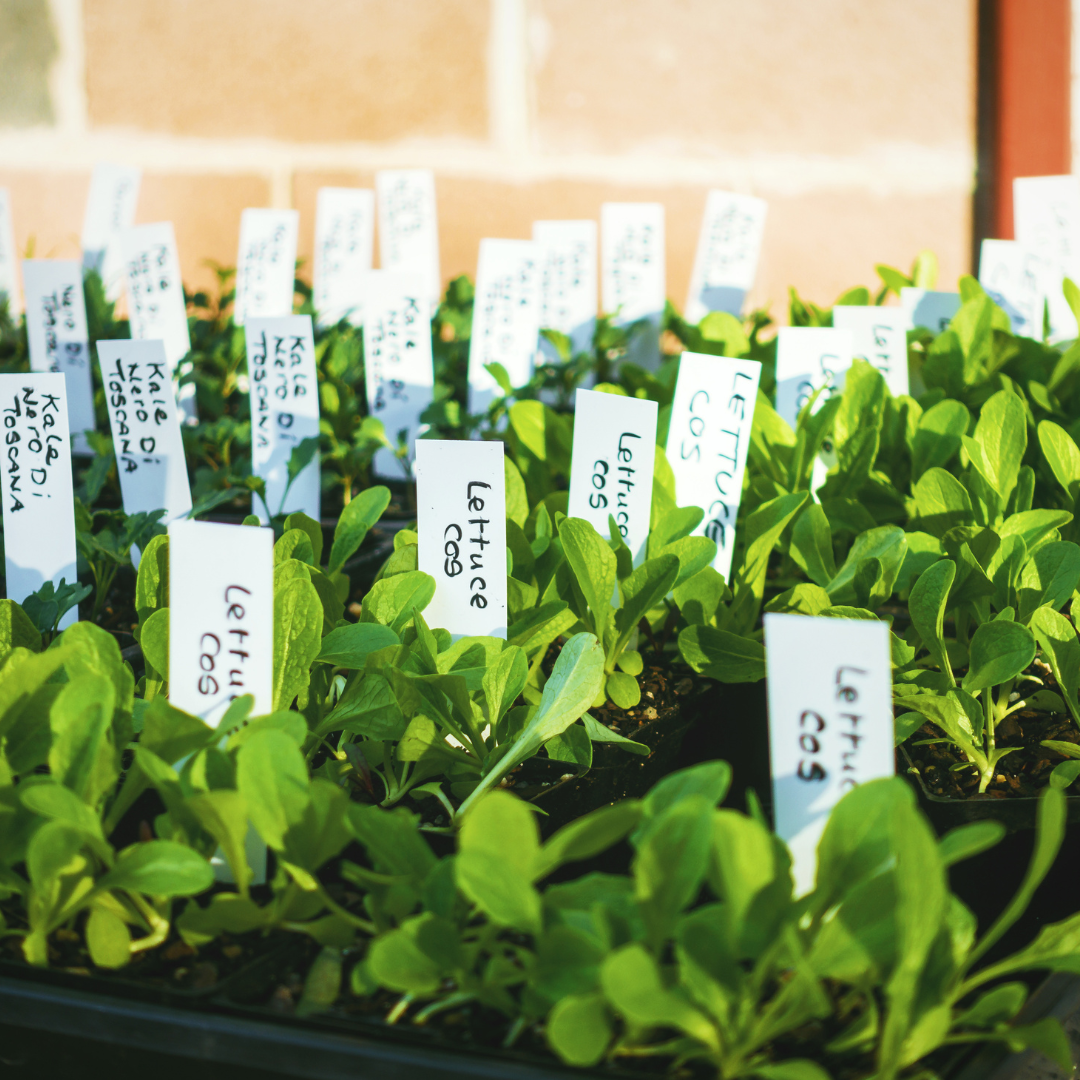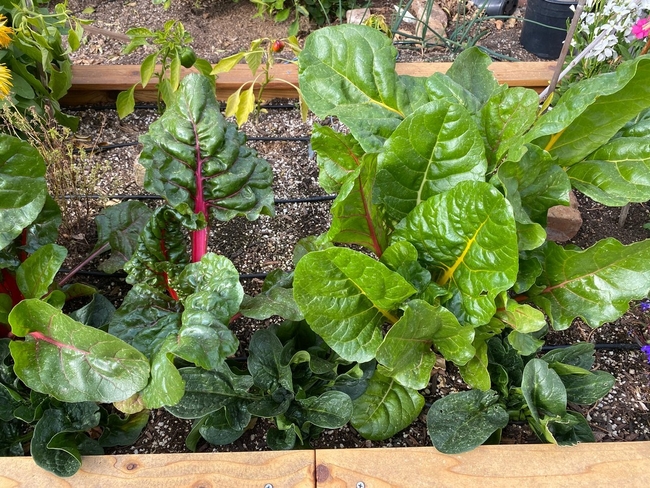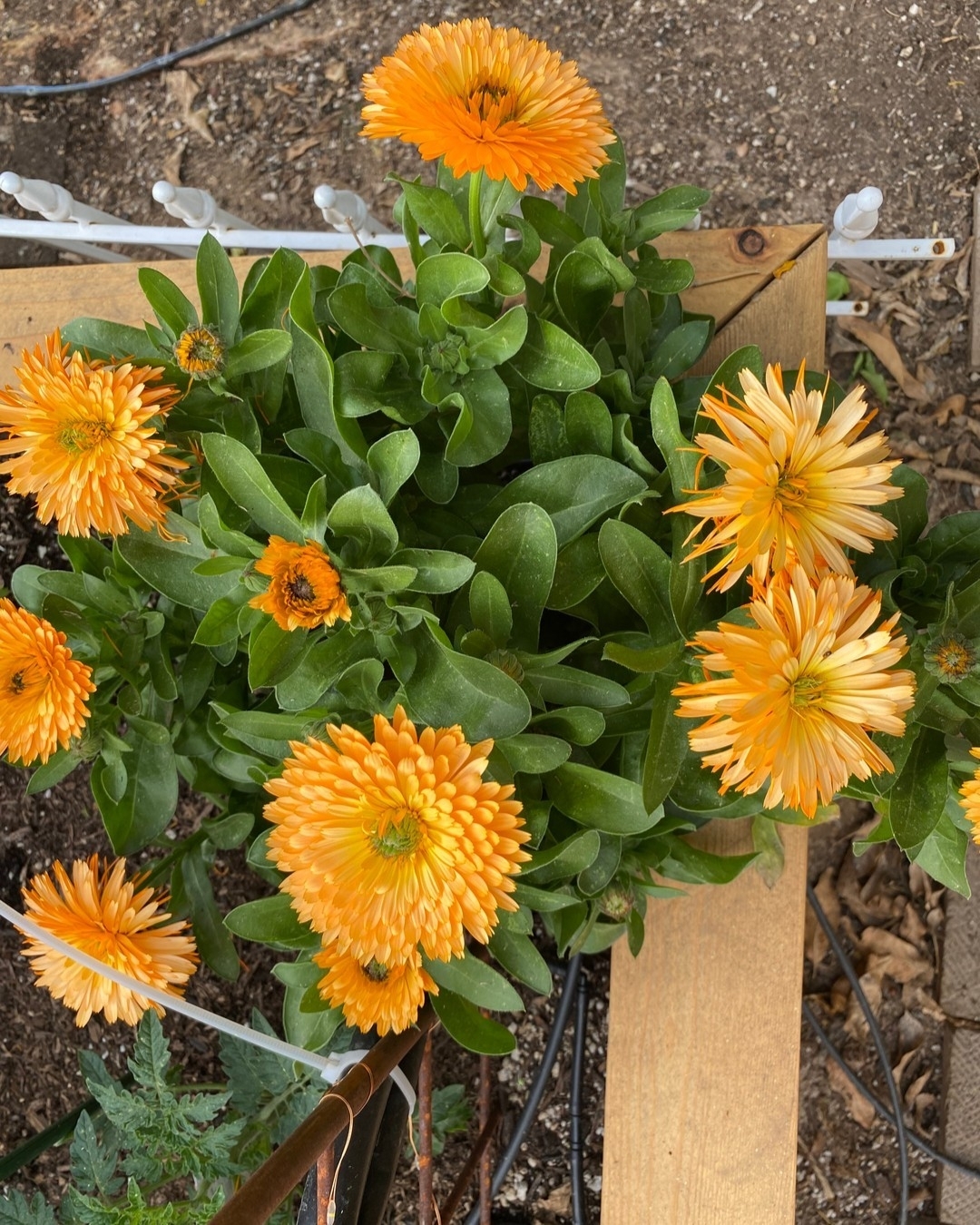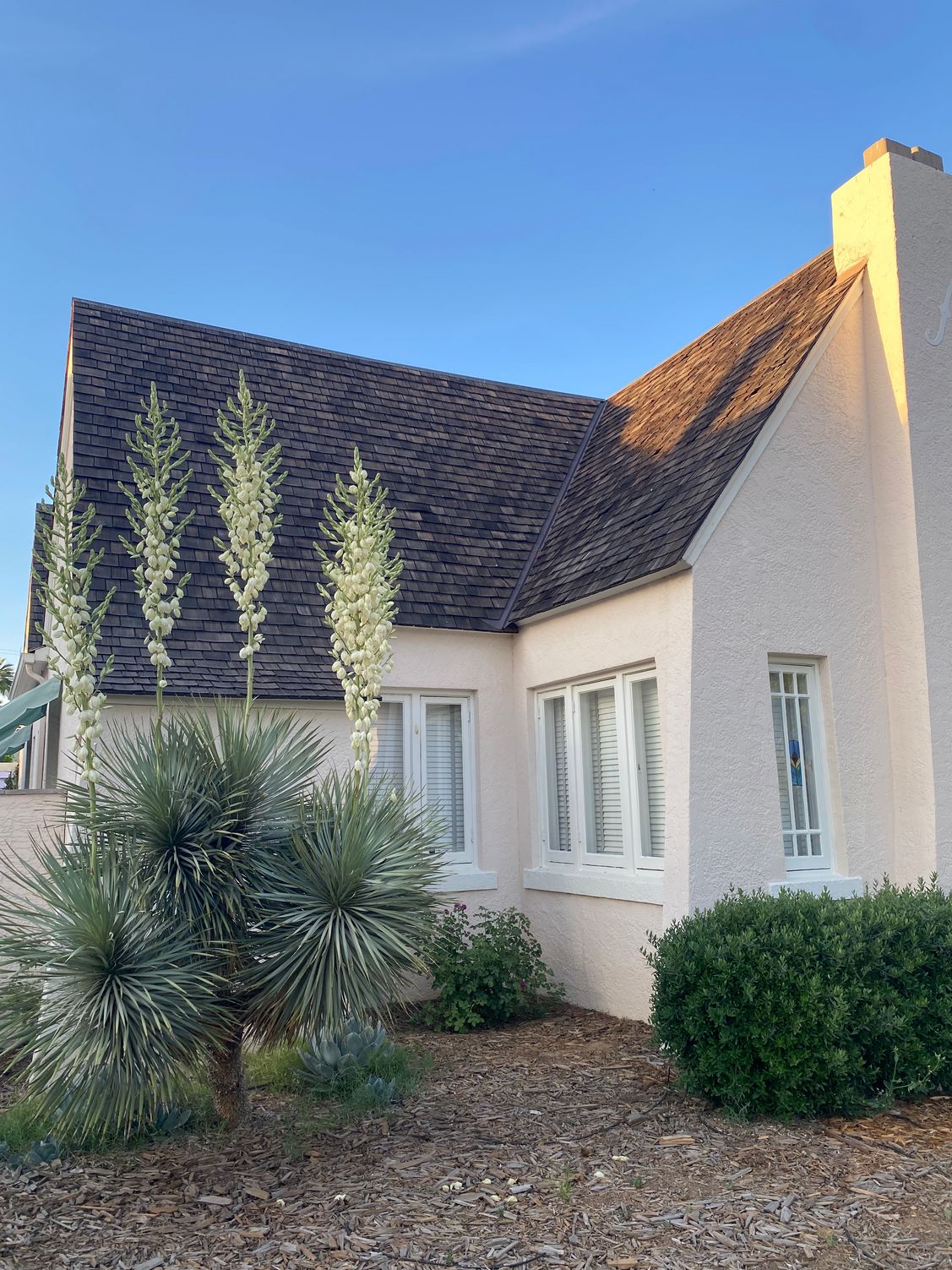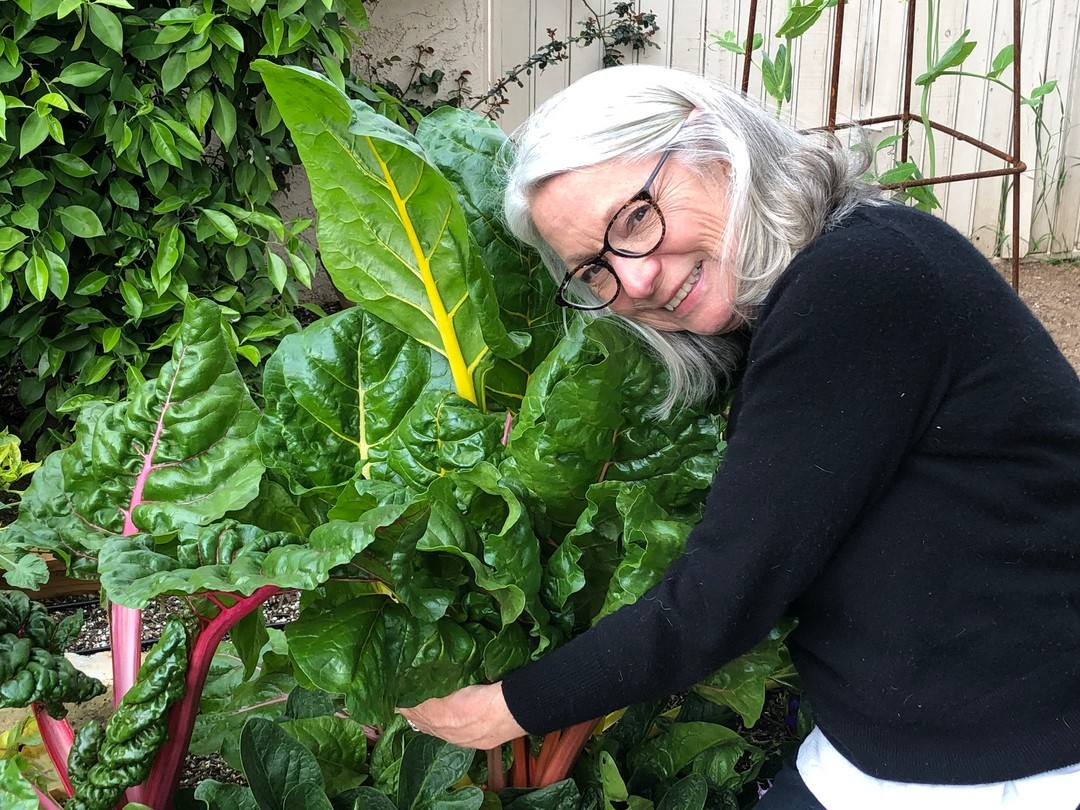A seed packet tells the whole story. They have so much valuable information for seed starting, but many times it’s overlooked. However, there are many other things to consider when starting seeds, especially in Phoenix and the lower desert areas of Arizona. SPOILER ALERT: When it comes to gardening, we are nearly the opposite of many other parts of the country.
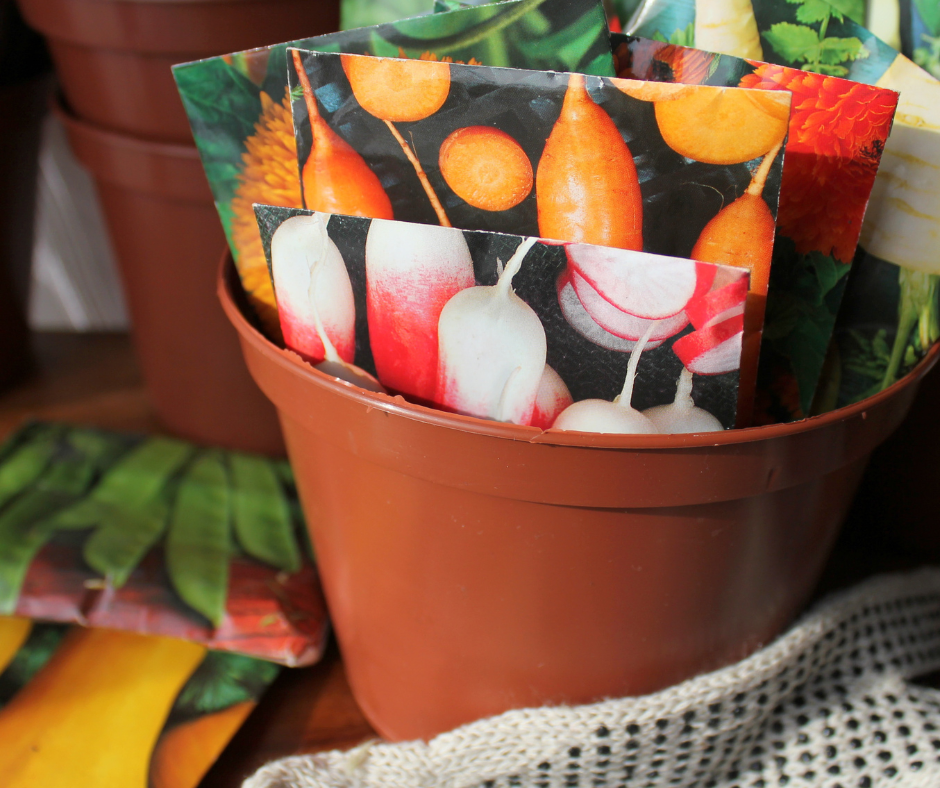
For additional information about gardening in Phoenix, I rely heavily on the Maricopa County Extension Office. They have two excellent documents that show which herbs, vegetables and flowers to grow in each season.
Both of these guides suggest starting seeds outside with a few exceptions. You’ll see that there are a range of times that seeds can be started, and they will show you how that affects when they will be harvested.
Should I start my garden seeds indoors or outdoors?
There are benefits to both seed starting methods. Sowing outdoors is often a way to get the best results, and you’ll save time sowing directly into the garden. Plants sown directly outdoors are usually healthier and more vigorous. Starting seeds indoors and growing a transplant allows gardeners to get a jump on the planting season. Also, plants that need some extra development, like tomatoes, eggplant, and peppers, almost need to be started inside.
Bonus: Annual flowers started early inside are a great way to fill your garden!
On the back of the seed packet, you will find the best dates to sow outside or when to start inside. These are always based on frost dates – go directly to the Farmers Almanac HERE to find dates. There are some nuances to areas in Maricopa County that make frost dates a little bit different, and the Farmers Almanac takes into consideration different parts of the Valley. On average, Phoenix’s first frost is December 3rd, and the last frost is February 8th.
Tips for Seed Starting Success
-
All seeds have temperature ranges required to germinate – this means soil temperature. PRO TIP: Invest in an inexpensive soil temperature gauge. The ideal temperature will help to encourage uniform gemination quickly.
-
Keep seeds evenly moist! Once seeds sprout, make sure to consistently water them. This is extremely important.
-
Next to water, soil is the most important way to support new seeds. Your soil should be is rich, well-draining, and free of chemicals. In our raised beds, I use a blend of compost, coco core, and vermiculite. Think of the soil as food for your plants.
-
Seeds need good soil contact, a.k.a., depth. Seed packets will tell you how much light is needed and the soil depth to plant the seed in. The general rule is planting the depth of the seed.
As your plants are growing, be sure to check on the garden at least daily. During fall planting we are still in extreme temperatures you may need to aid with sun cloth or an extra water cycle. Pests love young seedlings so familiarize yourself with typical pests the plants you have chosen to grow.
Tips for starting your seeds in an outdoor garden
Saturate your planting bed thoroughly the day before planting. Many seeds are too small to plant 3 per planting hole. A seed spreader tool like this one is very useful for small seeds.
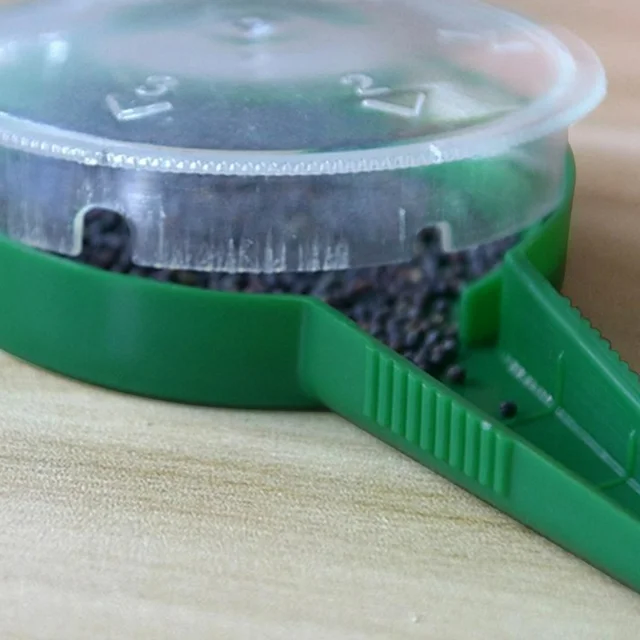
I suggest starting by measuring your garden bed or the area where you plan to plant your garden. Once measured, you can then strategically place your plants in their designated spots. This simple plant plan will help you stay organized throughout the gardening process.
It’s also important to document the planting dates and take photos along the way to track the growth progress of your garden. Refer to planting guides or the seed packet to get an idea of when to expect harvest time.
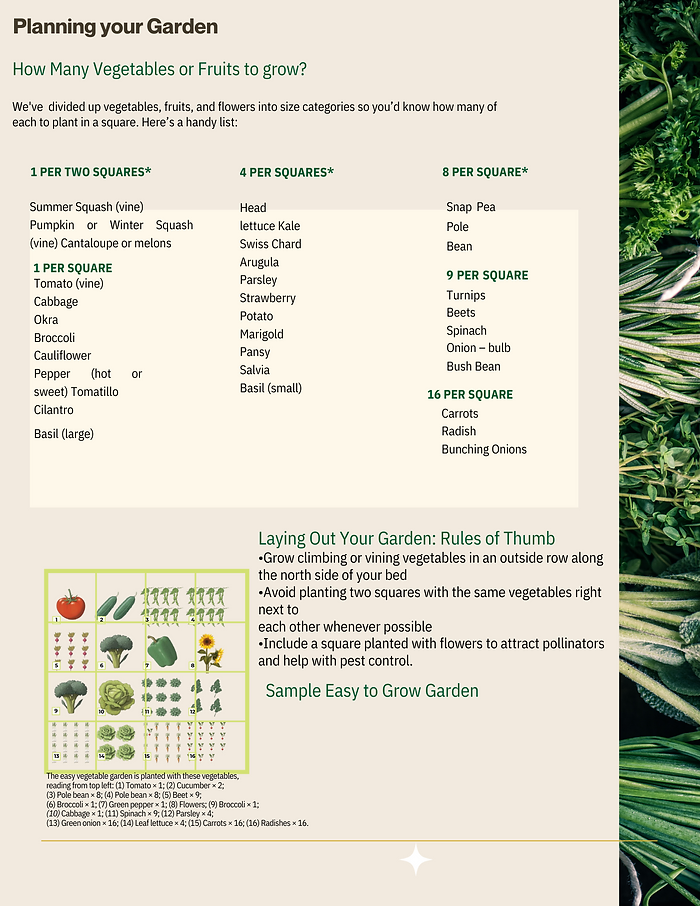
PKG Tips
-
When it comes to root plants, gently loosen the soil around them instead of pulling them out by their leaves. For lettuce and herbs, you can cut the leaves as needed, starting from the outside of the plant. They will continue to grow throughout the season.
-
To avoid confusion, use a waterproof marker to tag your plants. Trust me, you won’t remember exactly where everything is located.
In part 2 of my seed starting series, we’ll explore starting seeds indoors and how it can help in developing healthy plants. Stay tuned for part 2 and Happy Gardening!
Do you have questions about your Phoenix Kitchen Gardens? I have answers! To book a consultation, click the link on the PKG homepage or call 602-722-7971.
And for more low desert garden tips, don’t forget to follow me on Instagram and Facebook!
Are you excited to start your indoor gardening journey? Share your thoughts and experiences in the comments below!


